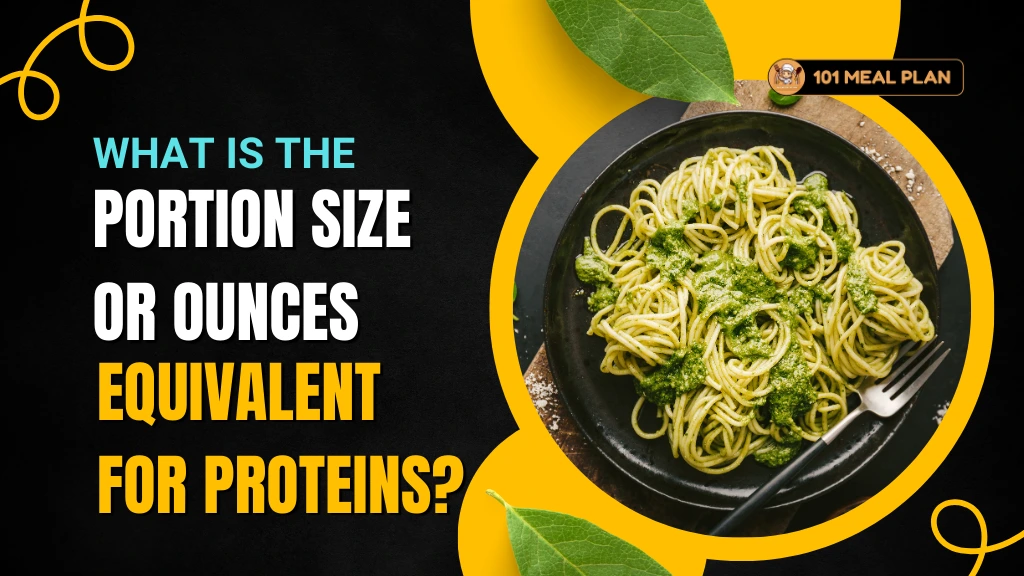Have you ever found yourself staring at your plate, wondering if you’re eating the right amount of protein? You’re definitely not alone. As someone who’s spent years figuring out the perfect balance on my dinner plate, I know firsthand how confusing protein portions can be. One day, you hear you need more protein, and the next day, someone tells you you’re eating too much!
In this comprehensive guide, I’ll walk you through everything you need to know about protein portion sizes and ounce equivalents. We’ll explore how much protein you actually need, how to measure it properly, and practical ways to ensure you’re getting just the right amount for your body and lifestyle. Whether you’re trying to build muscle, lose weight, or simply eat healthier, understanding protein portions is a game-changer.
- Gallbladder 7 Day Meal Plan
- 7-Day Meal Plan for Endurance Athletes
- 40 Day Fast Meal Plan
- 30-Day Ayurvedic Meal Plan
- 30 Day Paleo Meal Plan Pdf
- 21 Day Meal Plan Pdf Free
- 1900 Calories a Day Meal Plan
- Prolon Transition Day Meal Plan
- 21 Day Ayurvedic Meal Plan
Understanding Protein Requirements
Before diving into specific portion sizes, let’s talk about how much protein your body actually needs. The truth is, protein requirements aren’t one-size-fits-all. They vary based on several factors including your age, gender, activity level, and health goals.
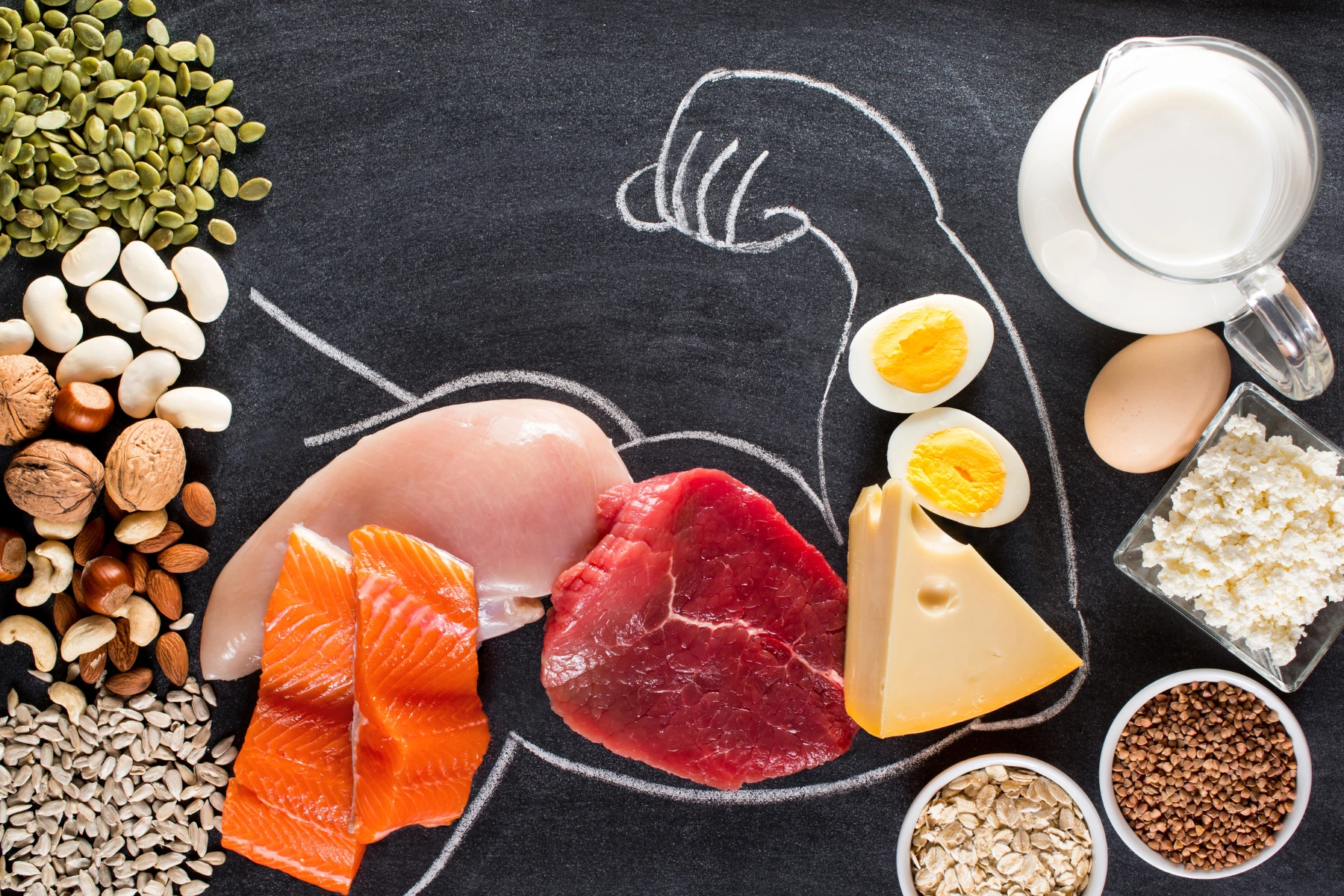
According to the Dietary Guidelines for Americans, the general recommendation for protein intake is 0.8 grams per kilogram of body weight for the average adult. This translates to approximately:
- 56 grams daily for the average sedentary man
- 46 grams daily for the average sedentary woman
However, these are just baseline recommendations. Your personal needs might be quite different.
Factors Affecting Individual Protein Needs
Several factors can increase your protein requirements:
- Physical activity level: Athletes and highly active individuals may need 1.2-2.0 grams of protein per kilogram of body weight.
- Age: Older adults often need more protein to help preserve muscle mass.
- Pregnancy and breastfeeding: Women in these stages need additional protein to support growth and development.
- Recovery from illness or injury: Healing tissues require extra protein.
- Muscle-building goals: Those looking to increase muscle mass may benefit from higher protein intake.
I remember when I first started strength training, I was surprised to learn that my protein needs had nearly doubled! Understanding your individual requirements is the first step toward determining appropriate portion sizes.
Translating Protein Requirements to Portion Sizes
Let’s say you need 75 grams of protein daily. How does that translate to actual food on your plate? This is where understanding ounce equivalents becomes crucial.
Many people make the mistake of thinking they need to eat massive amounts of meat to meet their protein needs. In reality, protein comes from many sources, and understanding proper portions can help you meet your goals without overdoing it.
Ounce Equivalents Explained
An ounce equivalent is a standardized unit of measurement used to quantify protein-rich foods. According to the USDA, one ounce equivalent of protein foods generally provides about 7 grams of protein.
Here’s what counts as a 1-ounce equivalent in the protein food group:
- 1 ounce of meat, poultry, or fish
- ¼ cup of cooked beans or tofu
- 1 tablespoon of nut butter
- ½ ounce of nuts or seeds
- 1 egg
For most adults, the recommended daily amount is 5-7 ounce equivalents of protein foods per day, though this varies based on your calorie needs and activity level.
Visual Guides for Estimating Portion Sizes
When you don’t have a food scale handy (which is most of the time!), these visual comparisons can be incredibly helpful:
| Protein Food | Portion Size | Visual Comparison | Approx. Protein Content |
|---|---|---|---|
| Meat/Poultry | 3 oz cooked | Deck of cards or palm of hand | 21g |
| Fish | 3 oz cooked | Checkbook | 21g |
| Beans/Lentils | ½ cup cooked | Light bulb | 7-10g |
| Nuts | 1 oz (¼ cup) | Golf ball or small handful | 6-8g |
| Nut butter | 2 Tbsp | Ping pong ball | 7-8g |
| Tofu | 3 oz | Deck of cards | 9g |
| Egg | 1 large | Actual egg | 6g |
| Greek yogurt | 6 oz container | Small container | 15-18g |
| Cheese | 1 oz | Four dice or thumb | 7g |
I’ve found that using these visual cues has made a huge difference in my ability to estimate portions accurately without becoming obsessive about measuring everything I eat.
Cooked vs. Raw Measurements
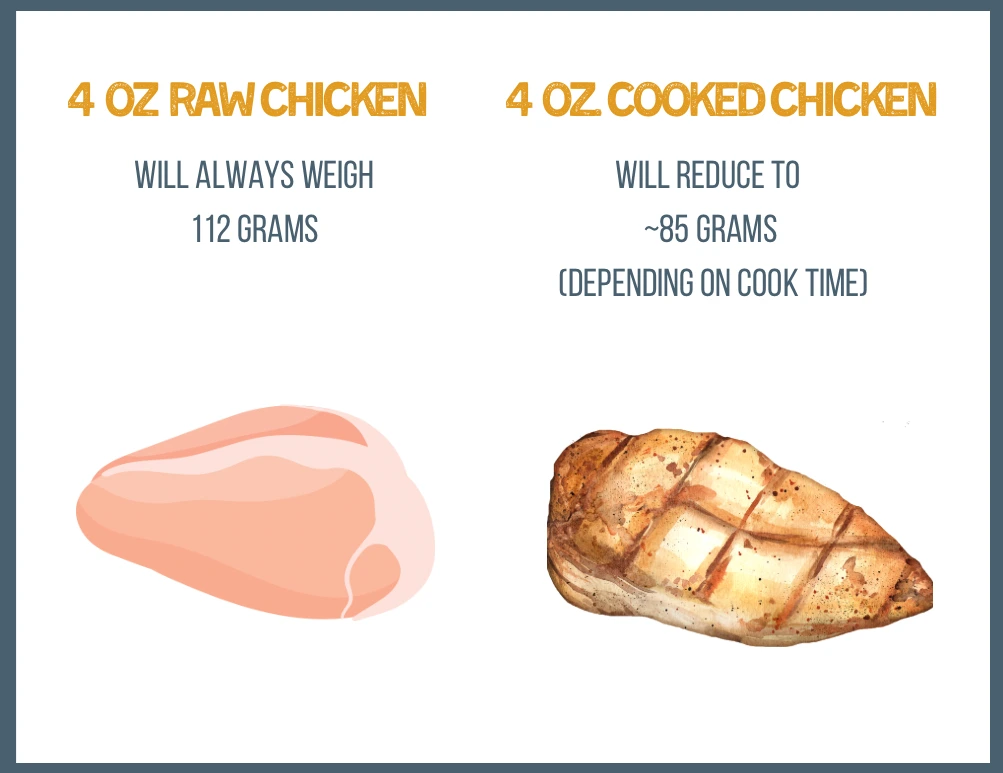
It’s important to note that protein foods change weight during cooking. For example, 4 ounces of raw chicken breast will weigh about 3 ounces after cooking due to water loss. Similarly, dry beans expand when cooked.
As a general rule:
- Meat, poultry, and fish typically lose about 25% of their weight during cooking
- Dry beans and grains typically triple in volume when cooked
When reading nutrition information or recipes, always check whether measurements refer to raw or cooked foods to avoid confusion.
Animal Protein Portion Sizes
Animal proteins are complete proteins, meaning they contain all nine essential amino acids your body can’t produce on its own. Let’s break down the portion sizes for different animal protein sources.
Meat Portions (Beef, Pork, Lamb)
The standard serving size for cooked meat is 3 ounces, which provides approximately 21 grams of protein. This is about the size of a deck of cards or the palm of your hand (not including fingers).
Different cuts of meat have varying fat content, but the protein amount remains fairly consistent:
| Meat Type | 3 oz Portion | Protein Content | Fat Content |
|---|---|---|---|
| Lean beef (90% lean) | 3 oz cooked | 22g | 7g |
| Pork tenderloin | 3 oz cooked | 22g | 3g |
| Lamb loin | 3 oz cooked | 21g | 8g |
| Ground turkey (93% lean) | 3 oz cooked | 22g | 7g |
I’ve found that using a food scale for a few weeks helped me learn what 3 ounces of meat actually looks like. Now I can eyeball it pretty accurately, which makes meal planning much easier.
Poultry Portions (Chicken, Turkey)
Like red meat, the standard portion size for poultry is 3 ounces cooked. However, there are some differences between cuts:
White meat vs. dark meat: White meat (breast) typically has slightly more protein and less fat than dark meat (thighs, drumsticks).
Skin vs. skinless: Keeping the skin on adds fat and calories but doesn’t significantly change the protein content.
| Poultry Type | 3 oz Portion | Protein Content | Fat Content |
|---|---|---|---|
| Chicken breast (skinless) | 3 oz cooked | 26g | 3g |
| Chicken thigh (skinless) | 3 oz cooked | 22g | 8g |
| Turkey breast (skinless) | 3 oz cooked | 25g | 2g |
| Turkey thigh (skinless) | 3 oz cooked | 23g | 6g |
A helpful tip I’ve learned: A whole chicken breast from the grocery store is usually about 8-10 ounces raw, which means it provides 2-3 servings of protein. I often cook the whole breast but only eat a portion at one meal.
Fish and Seafood Portions
Fish and seafood are excellent protein sources that also provide heart-healthy omega-3 fatty acids.
Finfish serving sizes: Like meat and poultry, a standard portion is 3 ounces cooked, about the size of a checkbook.
Shellfish measurements: Shellfish portions vary by type:
- Shrimp: About 4 large shrimp = 1 ounce equivalent
- Scallops: About 3 medium scallops = 1 ounce equivalent
- Crab or lobster meat: 1/3 cup = 1 ounce equivalent
Canned fish considerations: A 3-ounce portion of canned tuna, salmon, or sardines (drained) counts as 3 ounce equivalents.
| Seafood Type | Standard Portion | Protein Content |
|---|---|---|
| Salmon | 3 oz cooked | 22g |
| Tuna | 3 oz cooked | 22g |
| Cod | 3 oz cooked | 19g |
| Shrimp | 3 oz cooked (about 12 large) | 20g |
| Crab meat | 3 oz cooked | 16g |
I’ve found that using a measuring cup for canned fish and counting individual pieces for shellfish makes portion control straightforward.
Plant-Based Protein Portion Sizes
Plant proteins are increasingly popular, and for good reason! They’re generally lower in saturated fat and higher in fiber than animal proteins. However, their portion sizes work a bit differently.
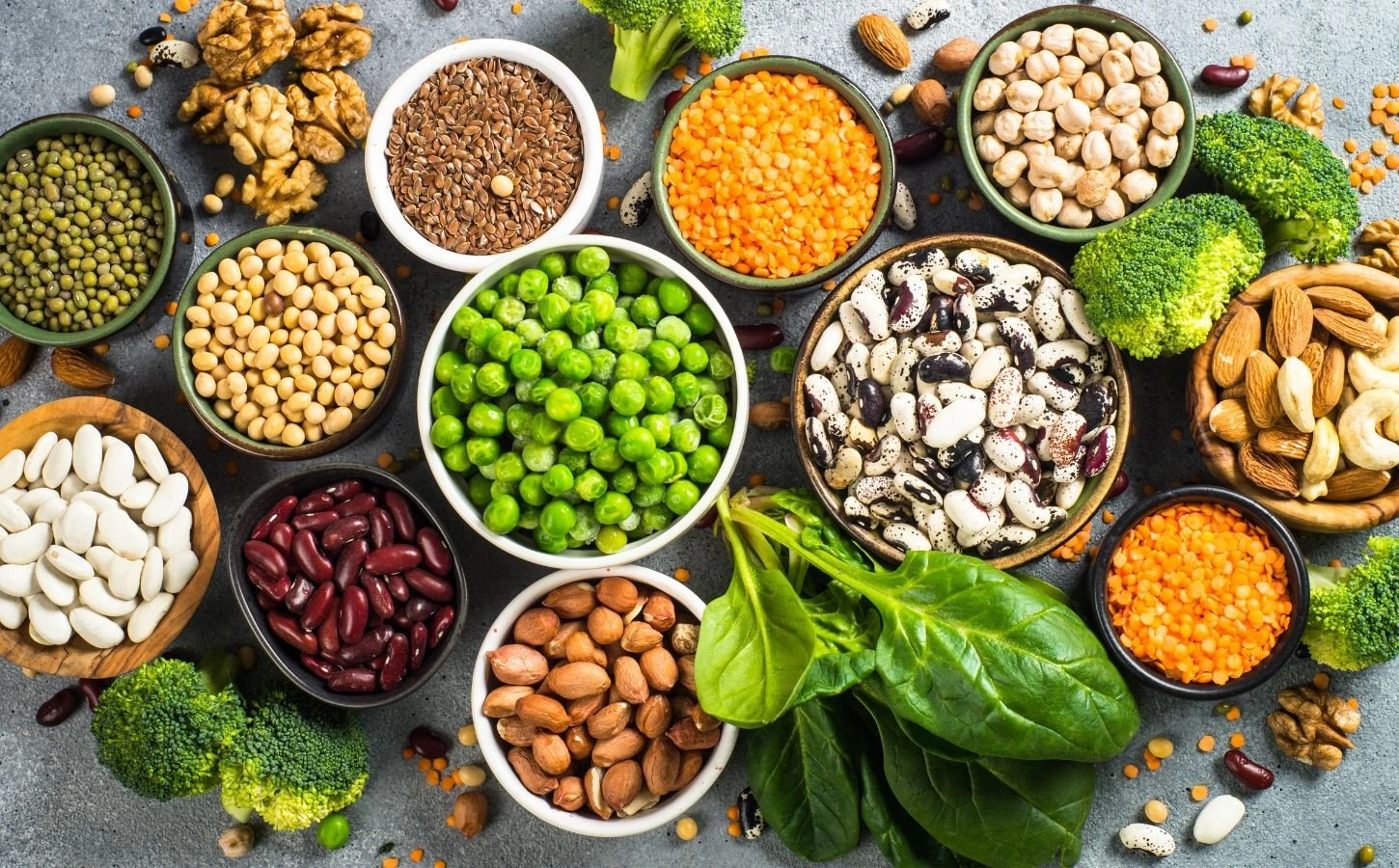
Legumes and Beans
Beans, lentils, and other legumes are protein powerhouses in the plant world.
Cooked vs. dry measurements: Remember that dry beans expand significantly when cooked.
- 1/4 cup dry beans = about 3/4 cup cooked
- 1/2 cup cooked beans = 1 ounce equivalent (about 7-9g protein)
| Legume Type | 1/2 Cup Cooked | Protein Content | Fiber Content |
|---|---|---|---|
| Black beans | 1/2 cup | 7g | 7.5g |
| Lentils | 1/2 cup | 9g | 8g |
| Chickpeas | 1/2 cup | 7g | 6g |
| Pinto beans | 1/2 cup | 8g | 7g |
| Split peas | 1/2 cup | 8g | 8g |
One thing I love about beans is that they pull double duty as both a protein and a vegetable serving. I often make a big batch at the beginning of the week to add to salads, soups, and grain bowls.
Nuts and Seeds
Nuts and seeds are concentrated sources of protein, healthy fats, and various micronutrients.
Standard serving sizes:
- 1 ounce of nuts or seeds (about 1/4 cup or a small handful) = 1 ounce equivalent
- 2 tablespoons of nut or seed butter = 1 ounce equivalent
| Nut/Seed Type | 1 oz Portion | Protein Content | Calorie Content |
|---|---|---|---|
| Almonds | 1 oz (23 nuts) | 6g | 164 |
| Walnuts | 1 oz (14 halves) | 4g | 185 |
| Peanuts | 1 oz (28 nuts) | 7g | 161 |
| Chia seeds | 1 oz (2 Tbsp) | 5g | 138 |
| Pumpkin seeds | 1 oz (85 seeds) | 9g | 158 |
While nuts and seeds are nutritious, they’re also calorie-dense, so portion control is especially important. I keep pre-portioned containers of nuts for snacks to avoid mindless overeating.
Soy Products
Soy products are unique among plant proteins because they contain all essential amino acids, making them complete proteins.
Tofu, tempeh, and edamame portions:
- Tofu: 3 oz (about 1/5 block) = 1 ounce equivalent
- Tempeh: 1 oz = 1 ounce equivalent
- Edamame: 1/2 cup shelled = 1 ounce equivalent
| Soy Product | Standard Portion | Protein Content |
|---|---|---|
| Firm tofu | 3 oz | 8g |
| Tempeh | 3 oz | 16g |
| Edamame (shelled) | 1/2 cup | 8g |
| Soy milk | 1 cup | 7g |
I find that freezing and then thawing tofu gives it a meatier texture that absorbs marinades better. This simple trick has helped me enjoy this versatile protein source much more.
Dairy and Egg Protein Portions
Dairy products and eggs are excellent sources of high-quality protein that also provide calcium and other essential nutrients.
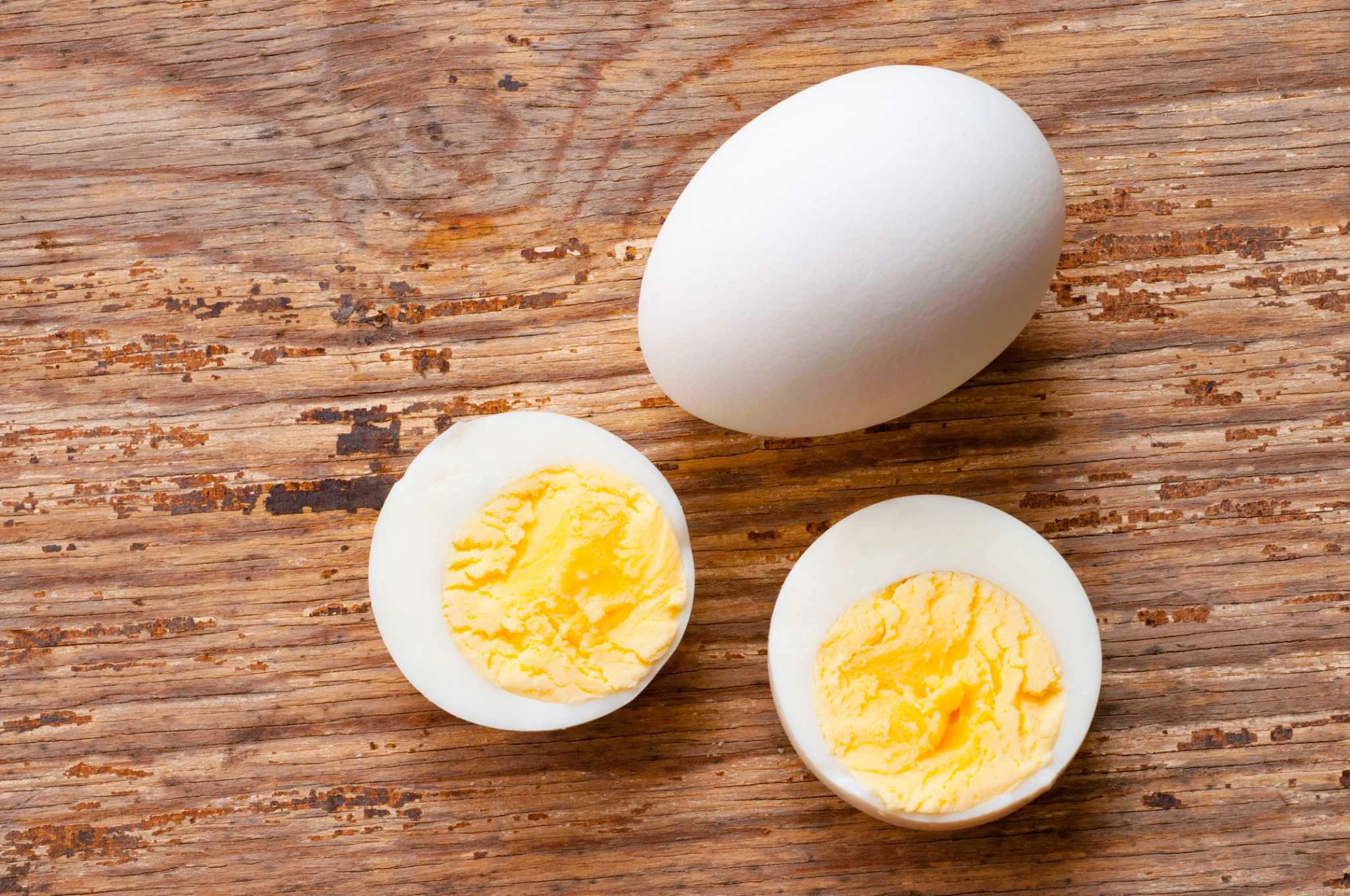
Milk and Yogurt Measurements
Standard serving sizes:
- Milk: 1 cup = 8g protein
- Regular yogurt: 6 oz container = 5-8g protein
- Greek yogurt: 6 oz container = 15-18g protein
Greek vs. regular yogurt: Greek yogurt contains roughly twice the protein of regular yogurt because of the straining process that removes whey.
| Dairy Product | Standard Portion | Protein Content |
|---|---|---|
| Cow’s milk | 1 cup | 8g |
| Greek yogurt | 6 oz | 17g |
| Regular yogurt | 6 oz | 7g |
| Cottage cheese | 1/2 cup | 14g |
| Almond milk | 1 cup | 1g |
| Soy milk | 1 cup | 7g |
I’ve switched to Greek yogurt for breakfast because the higher protein content keeps me full much longer than regular yogurt did. The extra protein makes a noticeable difference in satiety.
Cheese Portions
Cheese is protein-rich but also high in fat and calories, so portion control is key.
Standard serving size: 1 ounce of cheese (about the size of your thumb or four dice) provides about 7 grams of protein.
| Cheese Type | 1 oz Portion | Protein Content | Visual Comparison |
|---|---|---|---|
| Cheddar | 1 oz (1 slice) | 7g | 4 dice |
| Mozzarella | 1 oz | 7g | 4 dice |
| Parmesan | 1 oz (grated = 1/4 cup) | 10g | 4 dice |
| Feta | 1 oz | 4g | 4 dice |
| Cottage cheese | 1/4 cup | 7g | 1/4 baseball |
I’ve found using a cheese slicer for hard cheeses helps me control portions better than cutting with a knife, which often results in thicker slices than intended.
Egg Portions and Protein Content
Eggs are one of the most versatile and affordable protein sources available.
Standard serving: 1 large egg = 1 ounce equivalent (6g protein)
| Egg Type | Portion | Protein Content |
|---|---|---|
| Whole large egg | 1 egg | 6g |
| Egg white | 1 white | 3.5g |
| Egg yolk | 1 yolk | 2.5g |
| Liquid egg whites | 3 Tbsp | 5g |
While egg whites contain more protein by volume, the yolk contains nearly half the protein in an egg plus important nutrients like vitamin D, choline, and healthy fats. I typically eat whole eggs rather than just whites to get the complete nutritional package.
Practical Application
Understanding portion sizes is one thing, but applying this knowledge to your daily life is where the real value lies. Let’s explore how to put this information into practice.
Creating Balanced Meals with Proper Protein Portions
A balanced meal typically includes:
- 3-4 ounce equivalents of protein (about 21-28g)
- 1-2 servings of whole grains or starchy vegetables
- 1-2 servings of non-starchy vegetables
- A small amount of healthy fat
Here are some examples of balanced meals with appropriate protein portions:
Breakfast options:
- 6 oz Greek yogurt (17g protein) with 1/4 cup granola and 1 cup berries
- 2 eggs (12g protein) with 1 slice whole grain toast and 1/2 avocado
- Smoothie with 1 cup milk (8g protein), 1 scoop protein powder (20g protein), 1 banana, and 1 cup spinach
Lunch options:
- Salad with 3 oz grilled chicken (21g protein), 2 cups mixed greens, 1/2 cup quinoa, and 2 Tbsp vinaigrette
- Sandwich with 2 oz turkey (14g protein), 1 oz cheese (7g protein), veggies, and 2 slices whole grain bread
- Grain bowl with 1/2 cup lentils (9g protein), 1/2 cup brown rice, roasted vegetables, and tahini sauce
Dinner options:
- 3 oz salmon (22g protein) with 1/2 cup brown rice and 1 cup roasted broccoli
- 3 oz lean beef (22g protein) with 1 medium sweet potato and 1 cup green beans
- Stir-fry with 3 oz tofu (8g protein), 1/2 cup edamame (8g protein), mixed vegetables, and 1/2 cup brown rice
I’ve found that planning my protein first and then building the rest of my meal around it helps ensure I get the right balance of nutrients.
Meal Planning Strategies
Effective meal planning can make proper portioning much easier:
- Prep in bulk, portion individually: Cook a large batch of protein (like chicken breasts or lentils) and divide into proper portions for grab-and-go meals.
- Use the plate method: Fill half your plate with non-starchy vegetables, one quarter with protein, and one quarter with whole grains or starchy vegetables.
- Pre-portion snacks: Divide nuts, cheese, or other protein-rich snacks into appropriate portions using small containers or baggies.
- Plan for protein at each meal: Aim to include at least 15-30g of protein at each meal for optimal satiety and muscle maintenance.
I spend about an hour each weekend prepping proteins for the week ahead. Having properly portioned proteins ready to go makes it much easier to assemble balanced meals quickly.
Tips for Eating Out and Estimating Portions
Restaurant portions are notoriously large, often providing 2-3 times the recommended protein serving. Here are some strategies:
- Use visual cues: Remember that 3 oz of meat is about the size of a deck of cards or the palm of your hand.
- Split entrees: Share a protein-heavy main dish and order extra vegetables.
- Take half home: Immediately ask for a to-go container and pack up half your protein portion before you start eating.
- Choose appetizer portions: Appetizer portions of protein are often closer to the recommended serving size than entrees.
When I eat out, I often order an appetizer as my main course or split an entree with my partner. This helps me stick to appropriate portions without feeling deprived.
Portion Control Tools and Techniques
Several tools can help make portion control easier:
- Food scale: The most accurate way to measure portions.
- Measuring cups and spoons: Especially useful for foods like beans, nuts, and yogurt.
- Portion control plates: Plates with sections marked for protein, vegetables, and starches.
- Hand measurements: Your palm for protein, fist for carbs, thumb for fats, and open hand for vegetables.
I started with a food scale to learn proper portions, but now I mostly use hand measurements for convenience. Occasionally rechecking with measuring tools helps maintain accuracy.
Special Considerations
Different life circumstances can affect your protein needs and how you should approach portion sizes.
Protein Portions for Athletes and Active Individuals
Active individuals typically need more protein than sedentary people:
- Endurance athletes: 1.2-1.4g protein per kg body weight
- Strength and power athletes: 1.6-2.0g protein per kg body weight
- Recreational exercisers: 1.1-1.4g protein per kg body weight
For a 150-pound (68kg) person who strength trains, this means approximately 109-136g of protein daily, or about 15-19 ounce equivalents.
protein intake throughout the day is more effective than consuming it all at once. Aim for 20-40g of protein per meal, with particular attention to post-workout nutrition.
When I increased my training volume, I found that adding a protein-rich snack between meals helped me meet my higher requirements without feeling stuffed at main meals.
Protein Needs During Different Life Stages
Protein requirements shift throughout life:
Pregnancy and breastfeeding: Pregnant women need an additional 25g of protein daily, while breastfeeding women need an extra 20g.
Children and teens: Growing bodies need proportionally more protein:
- Children 4-8 years: 19g daily (0.95g/kg)
- Children 9-13 years: 34g daily (0.95g/kg)
- Teens 14-18 years: 52g (boys) or 46g (girls) daily (0.85g/kg)
Older adults: After age 65, protein needs increase to about 1.0-1.2g/kg to help preserve muscle mass and strength.
My parents are in their 70s, and I’ve noticed they maintain better strength and energy when they prioritize protein at each meal, especially breakfast.
Considerations for Weight Management
Protein plays a special role in weight management:
Weight loss: Higher protein intakes (around 1.6g/kg) may help preserve muscle mass during calorie restriction and increase satiety.
Weight maintenance: Adequate protein helps prevent muscle loss and reduces hunger between meals.
Portion awareness: While focusing on protein is beneficial, remember that all foods contribute to your calorie intake. Proper portions of all food groups matter for weight management.
I’ve found that higher protein meals significantly reduce my snacking and help me maintain a healthy weight without feeling hungry.
Protein Portions for Specific Dietary Patterns
Different dietary approaches require tailored protein strategies:
Vegetarian diets: Focus on combining complementary plant proteins (beans with rice, for example) and include dairy and eggs if consumed.
Vegan diets: Require careful attention to protein variety and may benefit from slightly larger portions of plant proteins to account for lower digestibility.
Low-carb diets: Often include larger portions of animal proteins to compensate for reduced carbohydrates.
Mediterranean diet: Emphasizes fish, poultry, beans, and nuts with moderate portions of red meat.
As someone who follows a predominantly plant-based diet, I’ve learned to include a greater variety of protein sources to ensure I get all essential amino acids.
Conclusion
Understanding protein portion sizes and ounce equivalents is more than just nutritional knowledge—it’s a practical skill that can transform your approach to healthy eating. By now, you should have a clear picture of how much protein you need and how to measure it in real-world settings.
Remember these key takeaways:
- Know your needs: Your protein requirements depend on your age, gender, activity level, and health goals.
- Use visual cues: A deck of cards, your palm, or a golf ball can help you estimate portions without measuring tools.
- Diversify your sources: Include a mix of animal and plant proteins for optimal nutrition.
- Distribute throughout the day: Aim for 20-40g of protein at each meal rather than loading up at dinner.
- Practice makes perfect: Like any skill, portion estimation improves with practice.
I hope this guide helps you navigate protein portions with confidence. With these tools and strategies, you can ensure you’re getting just the right amount of this essential nutrient—not too little, not too much, but just right for your unique needs.
Helpful Resources
To further assist you in mastering protein portions, here are some practical resources:
Measurement Conversion Chart
| Measurement | Equivalent |
|---|---|
| 3 oz cooked meat/poultry/fish | 1 deck of cards or palm of hand |
| 1 oz cheese | 4 dice or thumb |
| 2 Tbsp nut butter | 1 ping pong ball |
| 1/4 cup nuts | 1 golf ball |
| 1/2 cup beans | 1 light bulb |
| 1 cup milk or yogurt | 1 baseball |
| 1 egg | 1 egg |
Protein Content Quick Reference
| Food Category | Portion | Protein Content |
|---|---|---|
| Meat/Poultry/Fish | 3 oz cooked | 20-25g |
| Greek yogurt | 6 oz | 15-18g |
| Cottage cheese | 1/2 cup | 14g |
| Beans/Lentils | 1/2 cup cooked | 7-9g |
| Tofu | 3 oz | 8g |
| Eggs | 1 large | 6g |
| Milk | 1 cup | 8g |
| Cheese | 1 oz | 7g |
| Nuts | 1 oz | 4-7g |
| Whole grain bread | 1 slice | 3-4g |
| Quinoa | 1/2 cup cooked | 4g |
Tools for Tracking Protein Intake
- Food tracking apps: Apps like MyFitnessPal, Cronometer, or Lose It! can help you track protein intake.
- Portion control tools: Measuring cups, food scales, and portion control plates.
- Meal planning templates: Weekly templates that include protein portions for each meal.
- Visual portion guides: Printable guides that show proper portion sizes.
I’ve found that a combination of these tools, especially in the beginning, helped me develop an intuitive sense of proper portions that now comes naturally without constant measuring.
By applying the knowledge from this guide, you’ll be well-equipped to make informed decisions about protein portions that support your health and wellness goals. Remember that consistency matters more than perfection, and small adjustments over time lead to sustainable habits.
